EPFL researchers have teamed up with startup Xsensio to develop a tiny, fully portable system that can encapsulate and analyze biomarkers in a person’s sweat. The low-power system, which fits on a chip measuring under 1 cm², was presented this week at the International Electron Devices Meeting (IEDM) in San Francisco.
The miniature chip was developed by researchers at EPFL’s Nanoelectronic Devices Laboratory (Nanolab), headed by Professor Adrian Ionescu, working in association with startup Xsensio. Their system can be placed directly on a person’s skin or integrated into a bracelet. It analyzes specific biomarkers contained in sweat to give valuable insight into the wearer’s health. It can determine the sodium and potassium concentrations in the person’s sweat, for example, and measure their body temperature and pH. The data thus collected can be sent directly to a smartphone. The system was presented at the 63rd International Electron Devices Meeting in San Francisco – a flagship industry event bringing together key figures from all over the world involved in the business or academic side of micro- and nanotechnology.
Collecting, encapsulating, and analyzing sweat – all on a single chip
The system uses capillary action to “pump” miniscule amounts of sweat into the heart of the chip, where it is analyzed. The chip contains four silicon sensors that are only around 20 nanometers thick, making them extremely sensitive. Each sensor is coated with a different material so that it can detect different biomarkers. “Our platform is truly modular. By depositing different biochemical layers on each of the miniature sensors, we can measure a host of variables ranging from electrolytes and metabolites to tiny molecules and proteins. That gives users personalized real-time data,” says Esmeralda Megally, CEO of Xsensio.
Extreme miniaturization
The system includes two fluidic layers that sit between the chip and the user’s skin. These layers “pump” up sweat from the skin and carry it to the sensors. And because this pump relies entirely on capillary action, it runs continuously and without electricity. “Ours is the only device out there that includes such a system on a chip,” says Ionescu. “Even today’s most advanced devices use sensors that are 10,000 times bigger than ours, and need a larger volume of sweat to be able to effectively analyze biomarkers.” Such extreme miniaturization was made possible thanks to sensor technology developed at the Nanolab – the same technology that’s used in computer microprocessors. Xsensio, which is coming up with the marketing strategy for the system, contributed two innovations: the nanofluid interface with users’ skin and the thin biochemical layers that enable the sensors to detect specific biomarkers. Now the project team is working on incorporating the system into a bracelet or other wearable device so that it can be launched on the market.
Detecting diseases and getting a snapshot of users’ health
The data that the system collects can give important insight into both a user’s health and wellness. For example, chlorine levels can give an early indication of cystic fibrosis, and ion levels can signal dehydration. Measurements of other biomarkers can flag symptoms of fatigue and stress, and eventually even risk factors for other illnesses.

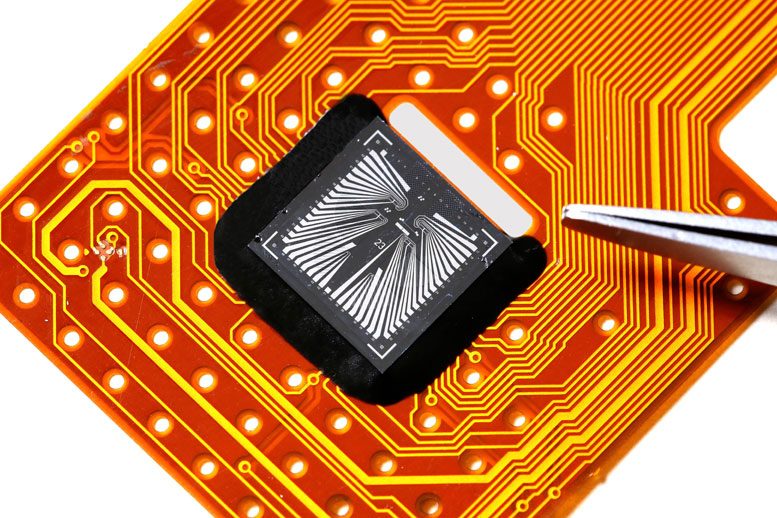

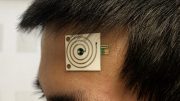


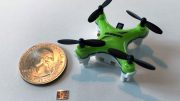
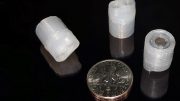
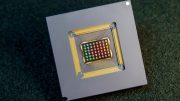
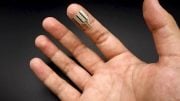
Be the first to comment on "Miniature System Can Encapsulate and Analyze Biomarkers in Sweat"